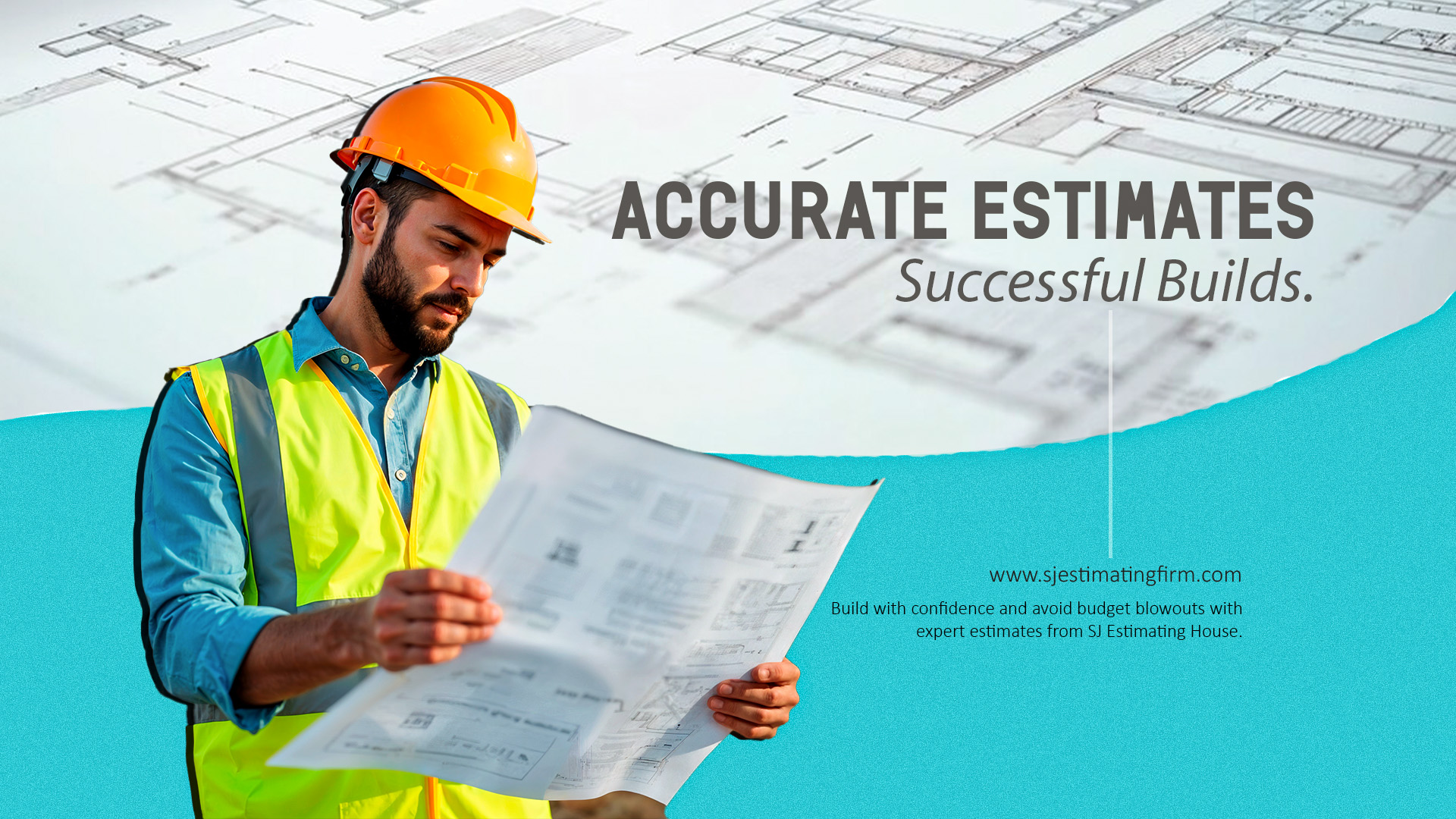In the world of business, construction, and project management, accurate estimating is not just a helpful skill it’s a critical success factor. Whether you’re a contractor bidding on a new project, a startup planning your next product launch, or a freelancer juggling multiple clients, your ability to estimate time, cost, and resources accurately can make or break your success.
In this article, we’ll explore how accurate estimating saves you time, money, and legal trouble. We’ll break down the risks of poor estimation, share real-world examples, and offer practical tips to improve your forecasting skills. Let’s dive in.

What Is Accurate Estimating?
Accurate estimating is the process of predicting the time, cost, and resources needed to complete a task or project as closely as possible to reality. It involves analyzing past data, understanding project scope, identifying risks, and using structured methods to forecast outcomes.
In industries like construction, software development, and event planning, estimating is the foundation for budgeting, scheduling, and resource allocation. Without it, projects can spiral out of control.
The High Cost of Inaccurate Estimates
Poor estimates can lead to:
- Project delays: Underestimating time can cause missed deadlines and rushed work.
- Budget overruns: Inaccurate cost estimates can deplete funds before a project is complete.
- Legal disputes: Failing to meet contractual obligations due to poor estimates can result in lawsuits or penalties.
- Damaged reputation: Consistently missing deadlines or budgets can erode client trust and harm your business.
According to a study by the Project Management Institute, inaccurate estimates are a leading cause of project failure, with 39% of projects failing due to poor planning and estimation.
How Accurate Estimating Saves Time
1. Efficient Scheduling
Accurate time estimates allow for realistic scheduling, ensuring that tasks are allocated appropriate durations. This prevents overloading team members and reduces the need for overtime or last-minute changes.
2. Resource Optimization
Knowing how long tasks will take helps in allocating resources effectively, avoiding idle time or resource shortages.
3. Improved Productivity
When teams have clear timelines based on accurate estimates, they can focus on their tasks without the stress of unrealistic deadlines, leading to better productivity.
How Accurate Estimating Saves Money
1. Budget Control
Accurate cost estimates help in setting realistic budgets, preventing overspending and ensuring that funds are allocated appropriately across the project.
2. Avoidance of Penalties
Meeting deadlines and staying within budget reduces the risk of incurring penalties stipulated in contracts for delays or cost overruns.
3. Enhanced Profit Margins
By accurately estimating costs and timelines, businesses can price their services appropriately, ensuring profitability.
How Accurate Estimating Helps You Avoid Legal Trouble
1. Contract Compliance
Accurate estimates ensure that the terms outlined in contracts, such as delivery dates and budgets, are realistic and achievable, reducing the risk of breaches.
2. Risk Mitigation
Identifying potential risks during the estimation process allows for the inclusion of contingency plans, which can be critical in legal defenses if issues arise.
3. Transparency with Stakeholders
Providing stakeholders with accurate estimates fosters trust and reduces the likelihood of disputes arising from unmet expectations.
The Psychology Behind Estimation Errors
One common cognitive bias affecting estimation is the planning fallacy, where individuals underestimate the time, costs, and risks of future actions while overestimating the benefits. This bias leads to overly optimistic projections and can result in significant project issues.
To combat this, it’s essential to:
- Reference past projects: Use historical data to inform estimates.
- Consult with experienced team members: Gather insights from those who have undertaken similar tasks.
- Break down tasks: Smaller tasks are easier to estimate accurately.
Tools and Techniques for Better Estimating
1. Analogous Estimating
Using data from similar past projects to inform current estimates.
2. Parametric Estimating
Applying statistical relationships between historical data and other variables to calculate estimates.
3. Three-Point Estimating
Considering optimistic, pessimistic, and most likely scenarios to arrive at a more balanced estimate.
4. Earned Value Management (EVM)
A project management technique that integrates scope, time, and cost data to assess project performance and progress. EVM provides accurate forecasts of project performance problems, aiding in early detection and correction.
Final Thoughts
Accurate estimating is not just about numbers; it’s about setting realistic expectations, building trust, and ensuring project success. By investing time in thorough estimation processes, you can save time, money, and avoid legal complications down the line.
Remember, the key to accurate estimating lies in learning from the past, understanding the present, and planning for the future. Make it a cornerstone of your project management practices, and you’ll reap the benefits across all aspects of your work.
